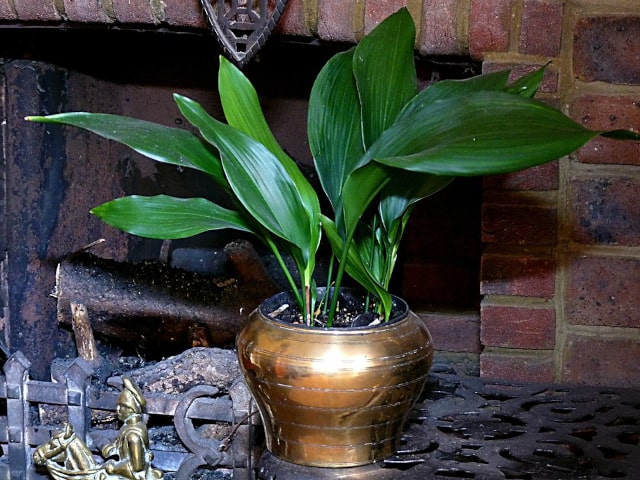
The Aspidistra is a popular foliage house plant. It's very tough so it doesn't require intensive care. This leathery plant is mainly kept for its beautiful foliage. It's a great houseplant for cooler areas of your house. With these plants, you can have a bit of tropical charm inside your home.
The Aspidistra is an old favorite: it was one of the most popular plants during the Victorian era, along with the Kentia palm. These plants were great for Victorian houses - these houses were not really bright and airy so they required tough plants. The Aspidistra was popular long before some of today's favorites, such as lily plants or Aglaonemas. Aspidistra plants can be commonly found today throughout Southern Unites States (such as Louisiana) where they grow carefree in dense, dark shade as groundcover.
Basic Information
This plant (The Aspidistra elatior) is native to the Eastern Himalayas, Taiwan, China, and Japan. It's commonly known as the "cast-iron plant" or "iron plant". It's one of the rare plants that helped inspire an entire novel: George Orwell's "Keep the Aspidistra Flying" (published in 1936).
However, since it's known as a "folk" plant, it's not always readily available in nurseries. It's probably due to the fact it grows slowly so it's not really appreciated.
The Aspidistra is commonly grown in azalea pots, 6", 8" or 10" in size. This is a bushy potted plant and it can grow about 12 to 24 inches in height and width. It is a very unique plant and a perfect one to kep indoors. It prefers cooler area of the house and it doesn't require much care.
Although this plant is in leaf all year, it can occasionally bear flowers and fruits just beneath the soil line.
A Tough Plant
As stated above, the Aspidistra is a tough plant. It doesn't require much light or perfect aeration. In addition to this, it can tolerate many other unfavorable conditions:
- Dust. It will not only tolerate dust but also cold, heat, wet soil, drought and dimply lighted places.
- Neglect. Th Aspidistra can readily tolerate general neglect, so it's a great plant for beginner gardeners.
- Low temperatures. This plant can tolerate low temperatures well, without any injury to the foliage.
- Low light levels. The Aspidistra can tolerate light as low as 10 foot candles.
- In addition to this, the Aspidistra makes a great addition to any cut flower arrangement since its foliage can last for weeks.
These plants make a great addition to cut flower arrangements; the foliage often lasts for weeks. Pests and Diseases free.
Aspidistra plants are slow growers so they are very expensive to purchase and produce. However, it has so many positive attributes and it's a very beautiful and effective foliage plant that it's well worth its price. It will offer you a long-ter, enjoyment and it will make your house more beautiful without requiring much care.
Varieties
There are several popular Aspidistra varieties. Aspidistra elatior is known for its cornlike, shiny, dark green leaves. These leaves can grow to about 24 inches in length. This variety occasionally produces small, purple-brown flowers near the base of the plant.
There is also a variegated form. It has white markings and they are ideal for lighting up a dark corner in the house.
Aspidistra minor or Aspidistra "Milky Way" is a dwarf form. It has white spotted black-green leaves. When growing these plants, it's best to buy 3 and display them in beautiful, decorative pottery or containers.
Additional Tips and Information
Here are some additional tips and information about the Aspidistra plants and care:
- These plants got their name "Cast Iron" from their ability to tolerate certain extreme conditions, such as lack of light, low temperatures, dust accumulation and other bad conditions. The only other indoor plants capable of growing under these conditions are Aglaonemas.
- Despite their high tolerance of poor conditions, Aspidistra plants thrive under proper conditions so you shouldn't place them in harsh conditions on purpose. It will look more attractive and it will be healthier under proper care.
- These plants prefer temperatures between 50-55 degrees F at night and 70-75 degrees F during the day. Ideal light levels are between 50 and 500-foot candles.
- The best way to water these plants is to keep them evenly moist but not constantly wet. While it can survive forgotten waterings, it's best to provide them with adequate care.
- When kept outdoors, the Aspidistra plants thrive in a good quality garden soil. It's best to plant them in a soil with decayed manure. It's also good to add up to 1/3 part peat or humus to the soil.
- If you keep them indoors, it's best to use a good quality potting soil mix. Soil mixes made for African Violets will work perfectly.
- Aspidistra plants require fertilization. It's best to fertilize them every 3 to 4 months. Fertilize in low light conditions using a half-strength house plant fertilizer. Once per month you can add a fertilizer at high light levels. Fertilization is very important and it will help your Aspidistra thrive.
Photo credit: Hornbeam Arts
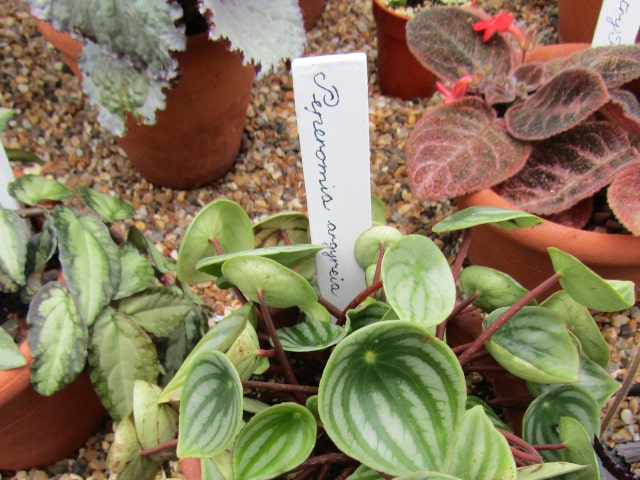
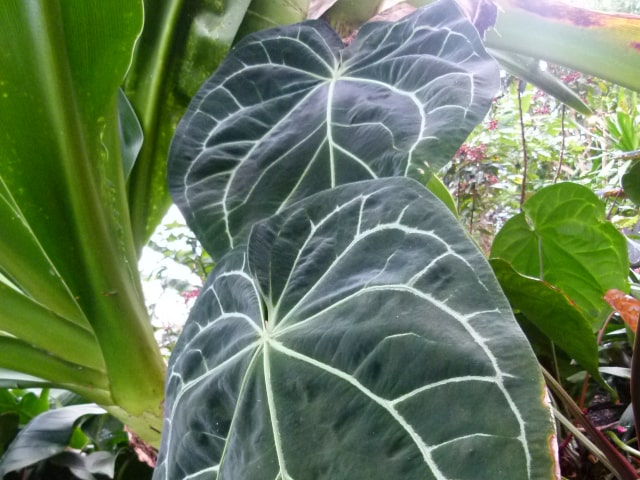
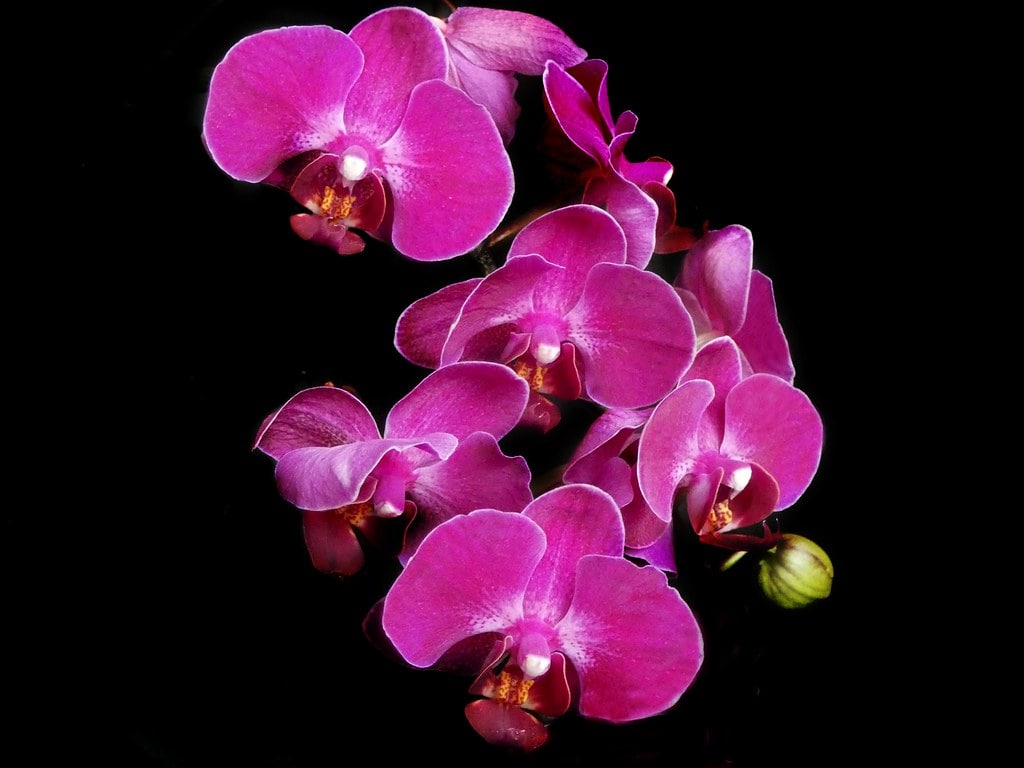
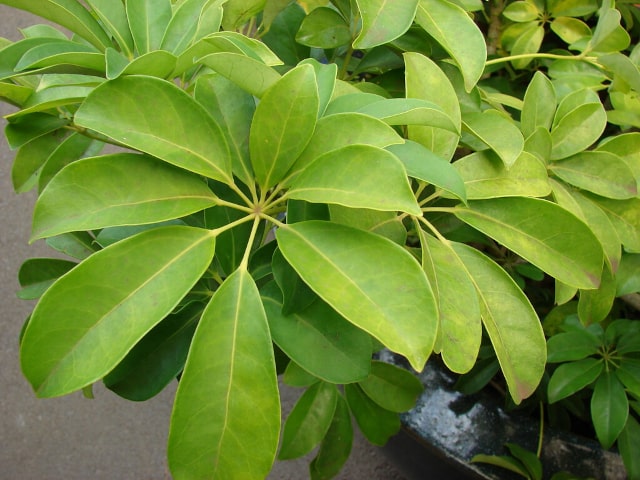
17 Comments
My Aspidistra often curls its leaves up. I thought that was because it didn't have enough water, but your advice that it doesn't need a lot of water seems to prove that wrong. What is the reason for the leaves curling up?
My son and daughter-in-law have me my Aspidistra as a birthday present last year and is doing very well. Thank you all for the help in needed, and have decided to leave in the pot as I was thinking of repotting. I hope my plant lasts as long as 50 to 100 year's.
I got a small, probably 4 leaves, Aspidistra from a friend 4 years ago. It is in dim light in a cool room. Three weeks ago it produced its first strange looking flower; today another has appeared slightly more attractive than the first. I am delighted!
I inherited Emily, our Aspidistra, from my husband's mother, who had inherited it from her mother-in-law, who had had it for years. We think it's possibly about 130 year old and still going strong. We keep her on a North facing window sill and rarely water her. I think I'll give her a good feed this year though.
I have ten varieties of Aspidistra and position in house according to colour. Dark green keep in the shade not dark corners. Variegated type need good light no sun.
I find repotting about every three years in a John Innes no 3 compost works well. Avoid over watering, also put outside in rain. It not only washes the leaves but they benefit from rainwater. Never use chemicals on leaves and do not over feed. Yellow or brown leaves cut off from base. This should help to prevent other leaves dying back.
My plant was given to me by a friend. It has not grown any leaves and I am trying to get it to respond. I think I water it too much, but you notification has helped my and I will only water it once a month. Hope this helps. It is inside my dining room. Thank you for your knowledge.
My Aspidistra was discovered when we moved house 1st April 1974 to Rochdale. My late mother fed it on a diet of Embassy purple and the remains of her constant cups of tea. I decided t re pot it and in 2013 as I felt it deserved a "fiftieth birthday" treat.
It thrived, has been split four ways subsequently and now flowers on occasion, it's spread it's wings from Lancashire and is now located in Berlin, Cheshire, Tunbridge Wells and Guernsey, Gracie Fields would be impressed.
This information was very clear and helpful. Thank you! I have two separate small plants and was afraid to combine them and disturb them. But they are obviously more hardy than I thought so I shall now go ahead and take the plunge.
My Aspidistra came via my grand mother and mother. It's probably 100 years old. I have it in my kitchen where it gets enough natural light and cool temps at night and 70 during the day. I water it once a week with maybe 1/2 to 3/4 cup of water. Recently, two or three leaves have begun to turn brown on the end 2-3 inches. I recently cut the brown parts off. Am I giving her too much water or not enough? I plan to try a fertilizer, or an African violet soil mix. Any thoughts or advice? Many thanks.
I have an Aspidistra that is about fifty years old. It's leaves have become very brown and dead looking about three quarters of the leaves. This has happened, certainly over the last few years. New leaves grow but not in abundance, like ten years ago. It is now more sparce. Any advise please?
I think this is just the information that my wife wanted, thanks!